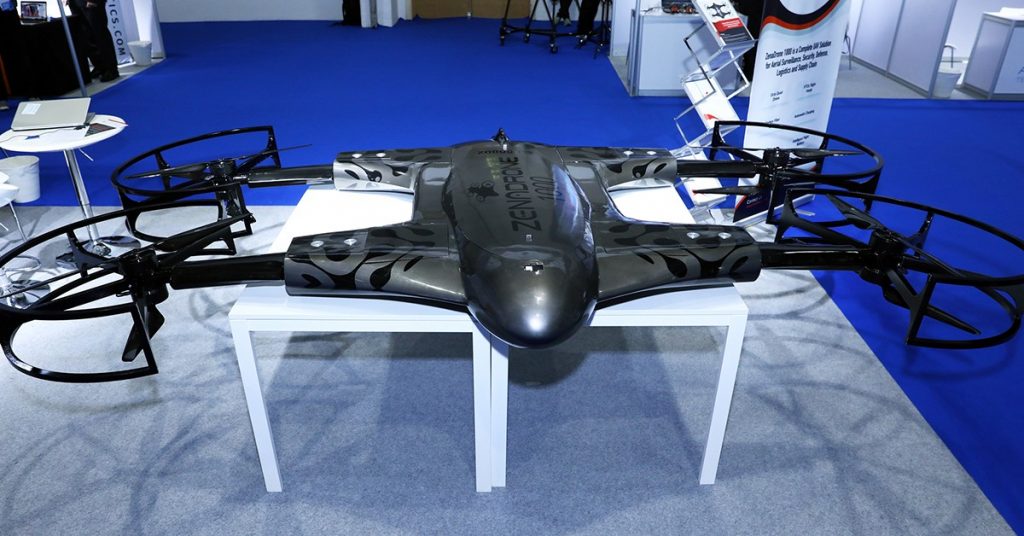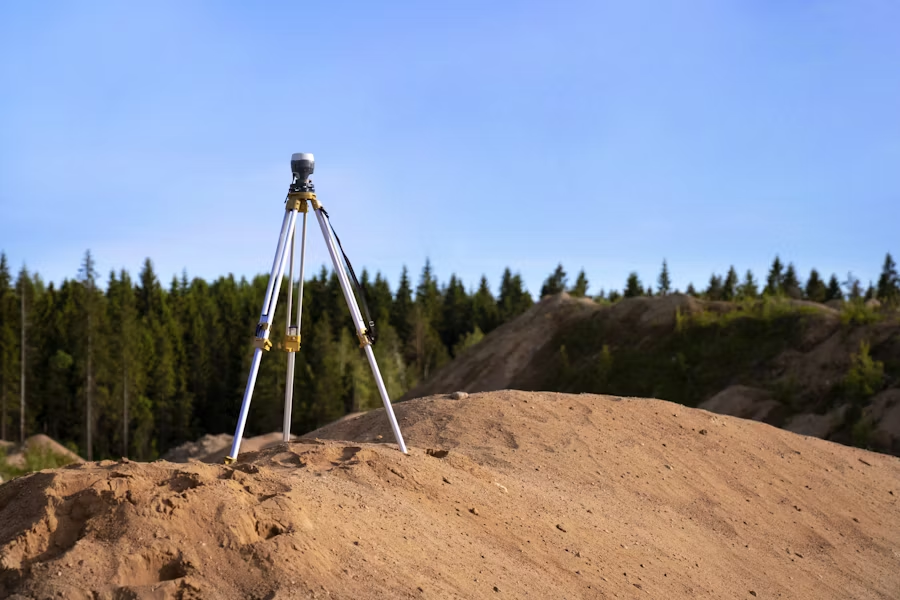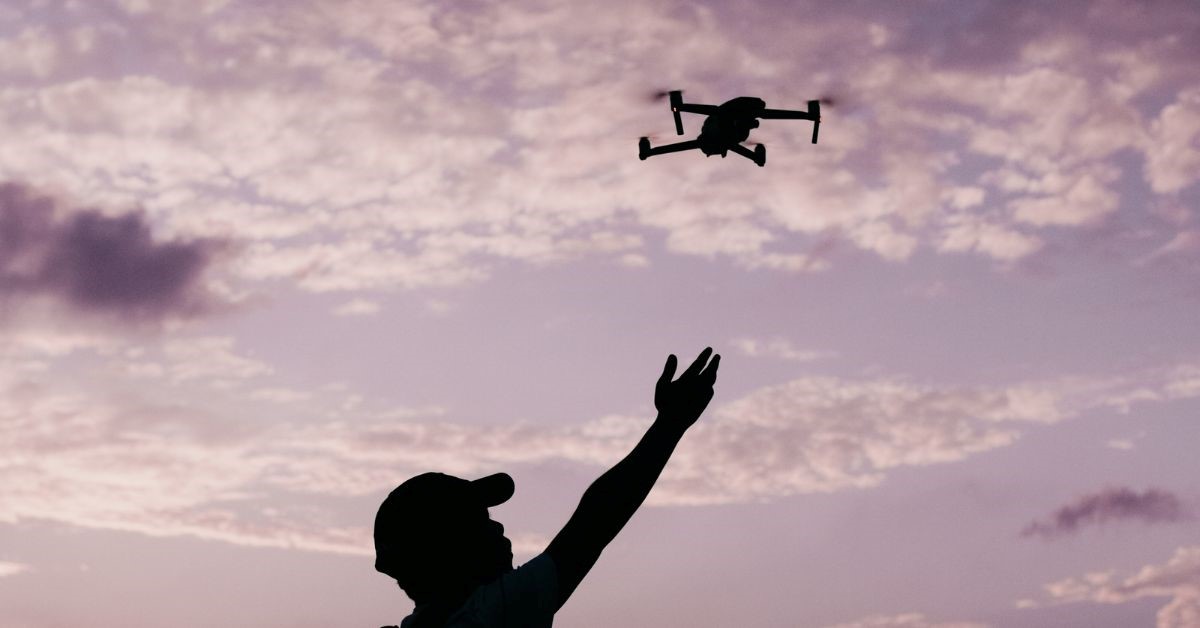How Evolution of AI in Drone Systems impact Drones

The world is constantly changing, especially in the technology sector, and the role of the internet further the development of software technology over the years. Hence, innovation provided the convenience of flexibility, the ability to record images, and the downsizing of ARM computer processors created an ideal environment for AI applications throughout all industries.
AI drone technology could penetrate an astounding range of industries thanks to this potent mix: ISR, aiming, cinematography, farming, transportation, manufacturing, and humanitarian assistance. Innovation sparked by the smartphone, the GoPro cameras, GPS, and AI propelled developers’ imagination on how to improve UAV solutions.
AI Fundamentals: The Evolution of AI in Drone Systems
Today’s most effective and valuable drone solutions use AI for image recording and merging. While this is still in its early development stage, AI provides various influential potentials. It significantly impacts automating and scaling a wide range of applications at a lower cost.
The Functions of Drone Technology
AI drones utilize built-in software programs and hardware technologies, including propulsion and navigational systems, GPS, sensors, cameras, embedded processors, and tools for automatic flight. A drone collects data with its camera and sensors, which are then processed to draw out the information you can use for a specific goal.
Drone technology captures information using its sensors, high-definition camera, thermal imaging, and AI capabilities. It transfers data to the central processing unit, so business leaders and managers can use it to analyze and discuss relevant information gathered by the drone.
Frequently Asked Questions
What is AI, and how is it used in drones?
Unmanned aerial vehicles called drones are deployed for a range of tasks. Certified UAV pilots operate these small aircraft using a wireless remote control. But nowadays, artificial intelligence is integrated with drones, eliminating several manual jobs in data gathering using sensors connected to the drone in combination with AI. Drones are now commercially available to individuals as a hobby and for companies to improve their products and services. AI-powered drones can be pre-programmed to a specific flight route to perform regular scanning and surveillance of the ground.
Does AI control drones?
Artificial intelligence (AI) is an application program capable of performing complex tasks indicating human intelligence, including reasoning, problem-solving, planning, planning, adapting, and understanding and interpreting human languages. The main focus of AI involves Computer Vision, Learning Techniques, and Motion Control, which are among the most sought-after concepts in the UAV industry. These data can be transmitted in live real-time for efficient monitoring and tracking of things. Before using neural networks, researchers must integrate machine learning algorithms for the device to recognize and accurately tag items in various contexts in specific items.
Can drones be automated?
Modern drones can integrate with machine learning systems and artificial intelligence to recognize basic commands and perform pre-programmed tasks. An automated drone system promotes productivity by removing the necessity for a drone pilot and enabling easy access to regular, periodic, and actual data. A computerized drone system gathers aerial data and is a valuable tool for businesses implementing extensive operation automation.
What does shield AI do?
Shield AI is developing the world’s most excellent AI Pilot. A firm dedicated to artificial intelligence called Shield AI was established in 2015 to utilize intelligent technologies to defend service troops and civilians. The company’s Hive mind autonomous layer, which has been used in battle since 2018, is the initial and first autonomous AI Pilot.
What are the main features of a drone?
Drones have a large number of components, including:
- Antenna
- Cameras
- Battery
- Flight controller
- GPS module
- Electronic speed controllers
- Receiver
- Sensors
- Altimeter
- accelerometer
Drone features may vary depending on their intended usage.
What's the best drone simulator?
An actual drone controller linked to the appropriate device of your choice is used in a software program called a drone flight simulator to replicate the experience of flying a drone. The majority of drone simulators work on both PCs and Macs. Before making a purchase, reviewing the simulator’s specifications is crucial to ensure it will function on your gadget.
If you are looking for an ai drone simulator, there are several choices available for you, such as:
- DJI Drone Simulator
- DRL SIM 3.0 Drone Racing Simulator
- droneSimPro Drone Flight Simulator
- Hotprops FPV Drone Flight Simulator
- Phoenix R/C Pro Flight Simulator
- Quadcopter FX Simulator
- Realflight RF9 Drone Simulator
- Zephyr Drone Simulator
What do I need for a Drone Simulator?
Nevertheless, a computer with a modern CPU and GPU is preferred. Most simulators can function on reasonably basic PCs with minimal graphics and physics settings. The simulators can perform exceptionally well on an Intel i5 9600K CPU and an NVidia GTX 1060 GPU for computer enthusiasts.
The simulators will be able to run at more excellent frame rates and with better graphics on newer computer hardware like an Intel i9 or NVidia RTX2080. Movements appear more fluid and realistic when the frame rate of the simulator is higher.
ZenaDrone 1000: Comprehensive AI-integrated Drone
With GPS tagging, infrared imaging, and topographical mapping features, ZenaDrone‘s integrated software abilities and artificial intelligence support the agricultural, real estate inspection, power grid, media, entertainment,
search and rescue, and other sectors.
ZenaDrone’s folding carbon fiber propellers and compact size allow it to move more quickly and hover steadily in the air. To protect the drone’s integrity from moisture, temperature, wetness, and other atmospheric effects, its body is wrapped and strengthened with stiff carbon fiber. With these being said, you can assure that ZenaDrone is the best drone for any industry.
Contact Us
Thank you for your message. It has been sent.
Latest Posts
Social Profiles















